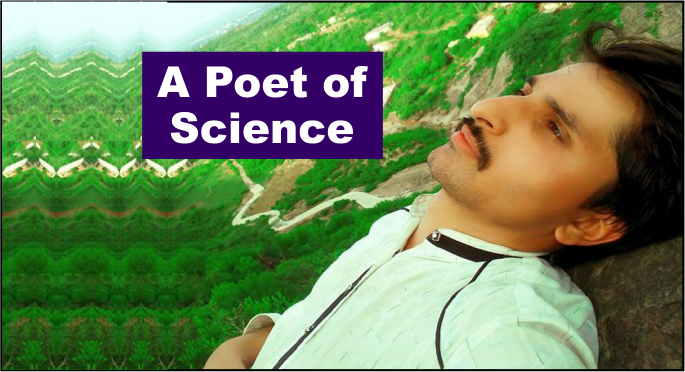Haruki Murakami is enjoying unprecedented popularity worldwide. Publishers and
bookstores organize fan meetups, release parties, and even weekend-long festivals celebrating the work of the Japanese author, and readers attend in staggering numbers. In the West, Japan is hip like never before and Murakami’s cosmopolitan novels bring the nation long considered an oriental mystery to bedside tables across the occident. Despite its ‘Westernized’ feel, the author’s prose contains distinctly Japanese elements and the tensions between the West and East in his work have made readers acutely aware of the act of translation. Because most Western readers are unable to read the Japanese source texts. They rely on translations, which are often taken at face value to be faithful representations of the source texts. As more and more readers meet and discuss
his work, one question is asked with increasing frequency: in what language do you read Murakami?
The question is all but an easy one. First, there is the issue of availability: not all
of Murakami’s writing may be available in a language, either because publishers deem some works less interesting or because translators have simply not yet had the time to translate all thirteen novels, numerous short stories, and various non-fiction works the author has produced over his career. As new works appear, publishers scramble to be the first to publish a translation or to at least publish work before the English translation appears on the market. After all, English is the ‘lingua franca’ of the reading world. And fans of Murakami are expected to buy the first translation they can understand, regardless of language.
Secondly, readers seem to have preconceived ideas of which translations are
‘best’. A commonly heard opinion is that the English translations must be better,
because the large English-speaking market must have fierce competition between a great number of translators, leaving only the best of the best to translate Murakami’s work. Languages with only a handful of translators into Japanese, it is argued, produce less reliable translations, either due to the lack of internal competition or because publishers are so keen to release any translation at all that they may lower their standards. Some readers also seem to believe that a cosmopolitan author is best translated into a cosmopolitan language like English rather than their own language, which is familiar and bound to their country and culture.
At the same time, however, the English translations have received criticism from
readers and translators alike for being ‘too Americanizing’, omitting passages and
smoothening out cultural differences. Readers sceptical of the supposedly sales-driven American publishing market may believe translations into other languages to be more ‘authentic’, more representative of both the contents of the source texts and Murakami’s literary style. The fact that such opinions are usually based largely on hearsay or – at best – a comparison of a few translations without consulting the source texts only complicates matters further.
At the core of the issue lies the fact that the vast majority of Western readers are
able to read the English translations, while many smaller languages have a readership limited to their own national borders. As such, if a work is not available in their native language, readers always have the option to read the English translation of a work; in contrast, a Dutch reader may not be expected to pick up the Swedish translation, or vice versa. The fact that the English translation is the only option available to all readers by default has resulted in a market where the English translations assume the position of being ‘international versions’ of Murakami, translations that everyone – readers and translators alike – must be aware of.
Little has been written about the quality of the various translations of Murakami’s works. Some works, such as that of Anna Zielinska-Elliott and Ika Kaminka (2016), provide a valuable source for comparing several Western translations but are largely descriptive, collecting textual material but not evaluating its effects. Other research, such as that of Irmela Hijiya-Kirschnereit (2013), focuses on Murakami’s
cosmopolitan, accessible image as produced by both the English translators and by Murakami himself, but does not involve the various other Western translations
available. Translation studies could benefit greatly from a combination of the two – a comparison of translations in various languages combined with a critical analysis of the strategies used in the culture-bridging process. Such a multilingual critical comparison would allow scholars to map the various translations, providing an overview of the strengths, weaknesses, and unique characteristics of each language’s rendition of Murakami’s work.




